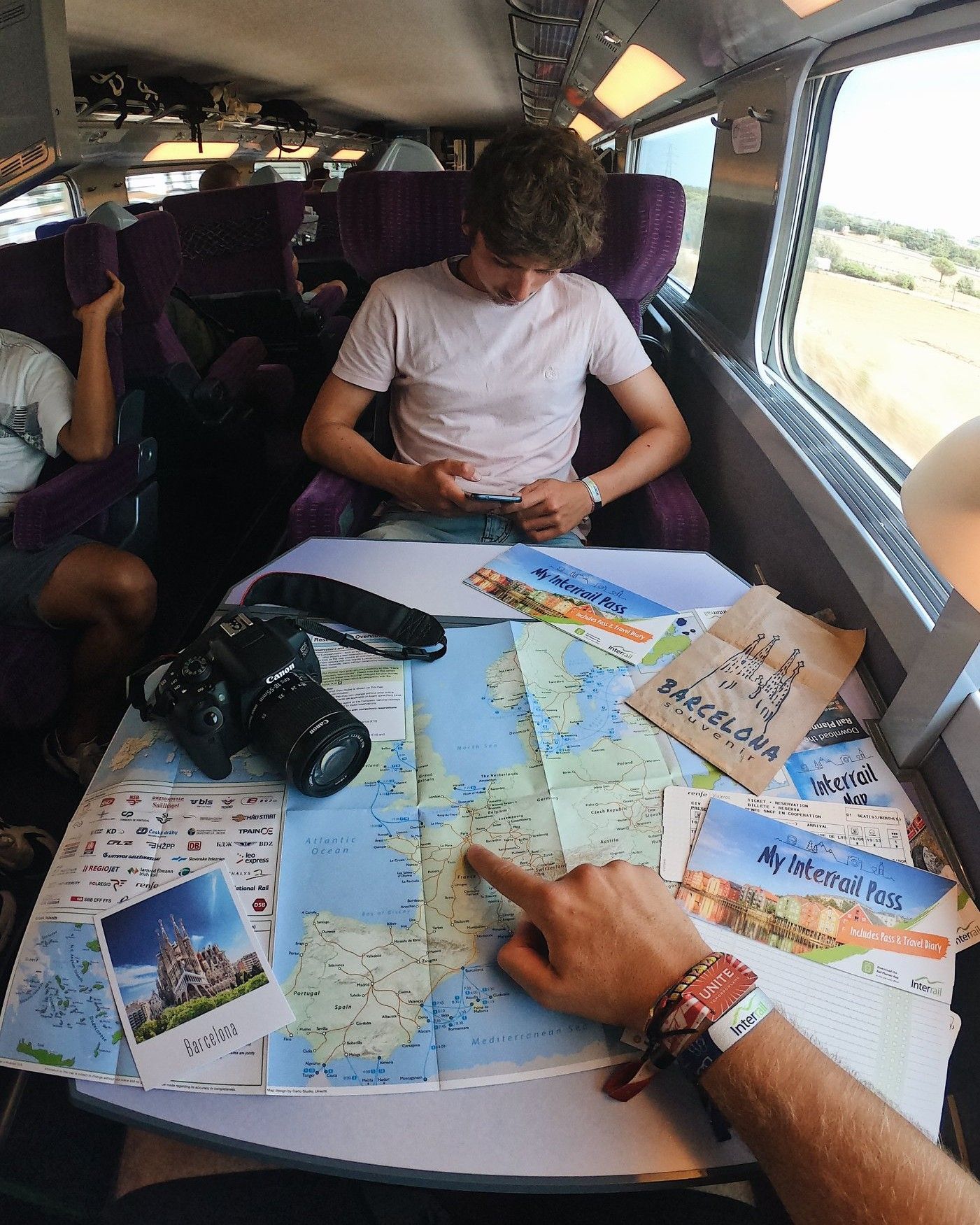
The complete history of Interrail One of the European youth's rites of passage that is now enhanced by the DiscoverEU pass
```html
Once called grand tour, in the almost forgotten era of poets, brigands, independence wars, and great romanticism, young people from the wealthiest families of Northern Europe and America celebrated a rite of passage immortalized in hundreds of pages of essays, fiction, and poetry: the Grand Tour. Emerging from their colleges, the youth embarked on journeys through France, Spain, Italy, Greece, reaching Egypt and modern-day Israel, staying on the road for three or four years, writing diaries, meeting great personalities, and exploring history in an era where virtual tours of the Roman Forum with the aid of an audio guide were certainly not an option. But that ideal of a general visit to all of Europe as a rite of passage for the young is not dead at all; rather, today it is represented by another type of institution, Interrail, whose existence we now take for granted but which actually represented a cultural achievement of the last 52 years, a unifying trait that (perhaps alongside the Erasmus Programme) has been for many members of the younger generations the most immediate manifestation of what it meant to be European citizens. Today, the status of Interrail is much more institutionalized: the classic Erasmus program, for example, has expanded to include the DiscoverEU initiative, which allows young people to obtain a free ticket to travel on European trains for up to 30 days and a discount card for cultural visits, museums, sports, transportation, accommodation, and food throughout the Union. Beyond its civic veneer, however, Interrail today has retained its significance as a rite of passage: after high school graduation, it is often the first independent journey for many teenagers (who indeed often use it to let loose), their first encounter with the vast world beyond provincial or national borders. But how exactly was Interrail born?
How Was Interrail Born?
@emsstravels My second Interrail trip and there’s nothing better than traveling by trains to have theses views >>> #traveling #backpacking #solotraveling #interrailing #outdoors #interrail #mountains #views Dawn in the Adan - Ichiko Aoba
It all began with a tourism initiative. A Frenchman named Pierre Le Bris, living in San Francisco and working as a sales manager for the Société Nationale des Chemins de Fer as well as the president of various associations of French expatriates, realized the difficulties that American tourists encountered when traveling in Europe, at a time when the continent was made up of completely different countries. Thus, he came up with the idea of the Eurailpass, a kind of railway pass that allowed travel for one month on all trains in thirteen of the most important European countries. Introduced in 1959, the Eurailpass sold 5000 passes in its first year and still exists today, although the number of included countries has risen to 33. The success of Eurail led, in '71, to the introduction of discounted passes for students, always foreigners, which, however, caused controversy as even young Europeans wanted to benefit from the same privileges - especially as Europe now appeared increasingly connected. In response to growing pressure, the national railway administrations of 21 European countries joined forces in 1972 to create Interrail exclusively for young Europeans. That was also the year of the 50th anniversary of the European International Railway Union (UIC) and it was on the crest of that wave of enthusiasm that the Interrail Pass was introduced: a simple pass for those under 21 launched on March 1st, '72, which guaranteed access to 21 countries for a month of unlimited travel.
When I was younger, my favourite thing to do was buy an interrail pass and hop from country to country for a month. My friends (and lovers) were split across all of Europe and the world more generally so I'd stay with them or book cheap rooms and meet them
— NaNose NaBee (@dyknosetradamus) April 9, 2024
One summer, I went…
Although initially conceived as a temporary experiment, Interrail quickly captured the imagination of the very young Generation X, entering a decade of post-1968 freedom, transgressions, and experiments. With minimal advertising, a staggering 87,000 passes were sold in the first year alone - a figure that represented the strong demand among young Europeans to break out of their limited local environment and, in short, roam freely around Europe. The following year, in 1973, saw a modest increase in the price of the Interrail Pass in the UK, reflecting its growing popularity and demand among travelers. Three years later, the age limit for the Interrail Pass was raised to 23, expanding its accessibility and appeal, while in '79 it was time for the Interrail Senior Pass, aimed at travelers over 65. With the arrival of the 1980s, the spread of prosperity and travel culture, in 1985, Interrail was expanded with the inclusion of ferry services, offering travelers more options for exploration. While in the late '80s and early '90s there was an expansion of the Interrail zone and the introduction of adult passes in various regions.
In 1994, 29 of the current 33 countries were included, also reflecting the evolution of geopolitical dynamics, and four years later Interrail passes became available for individuals of all ages, with fares based on age, aiming to keep this institution alive not only among adventurous young people but also among adults. In 2001, the Eurail Group was founded, streamlining operations and improving the travel experience, while in 2013 the Rail Planner app was launched, revolutionizing travel planning and navigation for Interrailers. More recently, in 2017, the age limit for youth prices was expanded to 27, targeting a wide demographic of travelers, while in 2018, Turkey and Serbia joined the Eurail One-country Pass, further expanding the program's scope; in 2020, Estonia and Latvia joined Interrail which, in 2022, celebrated 50 years of its existence.











































